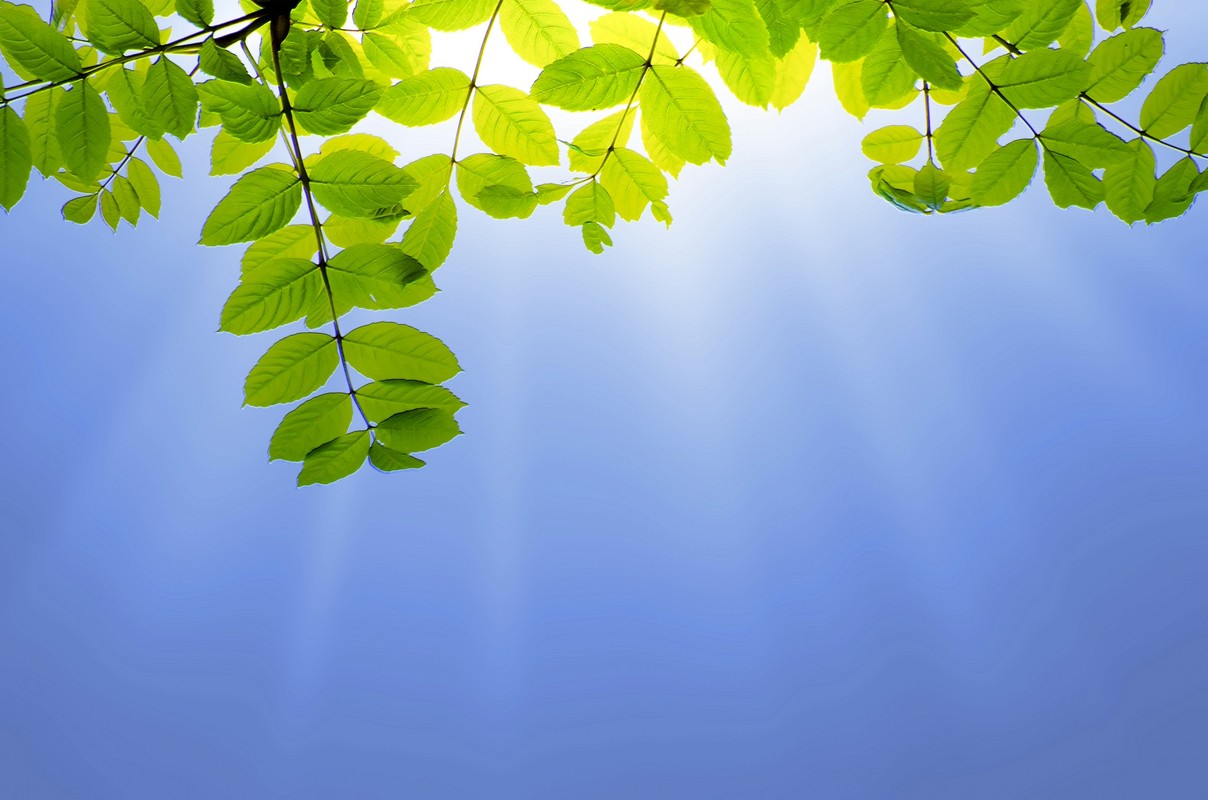FACTORS OF ECOSYSTEM
Abiotic factors
Light
 The sun is the main source of energy to all life on earth. Green plants and photosynthetic bacteria need light to manufacture their food. Animals depend on plants for food.
The sun is the main source of energy to all life on earth. Green plants and photosynthetic bacteria need light to manufacture their food. Animals depend on plants for food.
Light affects living things in terms of intensity, quality and duration. Light intensity and quality affects photosynthesis, flowering and germination of plants while in animals affects migration, hibernation and reproduction.
A photographic light meter is used to measure light intensity while the seechi disc measures light penetration in water.
Biochemical processes of most organisms function effectively within a narrow range of temperature. Temperature varies due to seasons, altitude, latitude and also diurnally especially in hot deserts.
This therefore affects the distribution of organisms in a habitat. Temperature variations influence the distribution of organisms more in terrestrial habitats than aquatic habitats. Living organisms must develop necessary physiological and behavioral adaptations to cope with extremes of temperatures.
Atmospheric Pressure
The atmosphere has a definite weight and so it exerts pressure on the earth. On the surface of the earth, atmospheric pressure varies with altitude. Variations I atmospheric pressure affects the amount of Oxygen available for respiration and of carbon (IV) oxide for photosynthesis. Thes two gases affect the distribution of organisms.
Humidity
It refers to the amount of water vapour in the atmosphere. When humidity is high there is much water vapour and vice versa.
Humidity affects the rate at which water evaporates from the surface of organisms such as in transpiration or sweating. This in turn affects their distribution on earth. Paper Hydrometer is used to measure or a wet and dry bulb hydrometer
Wind
Wind is moving air. It increases the rate of water loss from the organisms, therefore affecting their distribution.
- Wind is also important in formation of rain. In deserts winds form sand dunes which can be habitats for other organisms.
- Wind causes wave formation in lakes and ocean, which enhance aeration of water in this water bodies.
- Trees in areas experiencing a strong winds may have stunted growth and distorted growth.
- Wind also disperses spores and seeds hence influence disposal and migration of flying animals
- Wind wafts scent hence determines the positioning of hinting animals with respect to their prey in a habitat.
- A wind vane or windsock is used to determine the direction of prevailing wind.
- Anemoter is used to measure the speed of wind.
Salinity
It refers to the salt concentration of water, causing a division of the aquatic environment into marine, estuarine and fresh water.
Saline conditions immediately outside the body of organism pose the problem of water loss from the body to the environment. Only animals with suitable osmoregulation adaptations can occupy such habitats.
Salinity can be determined by calculating percentage of of salts on water or by the acid-base titration method.
pH ( Hudrogen ion Concerntration)
pH is is the measure of how acidic or alkaline water is in aquatic animals or soil solution. It influences the distribution of plants and animals in soil and fresh water ponds. Some plants drive well in acidic conditions while others in alkaline conditions.
The pH of a soil can be altered by leaching fertilizers’ applied or soil exhaustion. pH is expressed in terms of Ph scale by use of BDH universal indicator solution or paper and pH meter.
